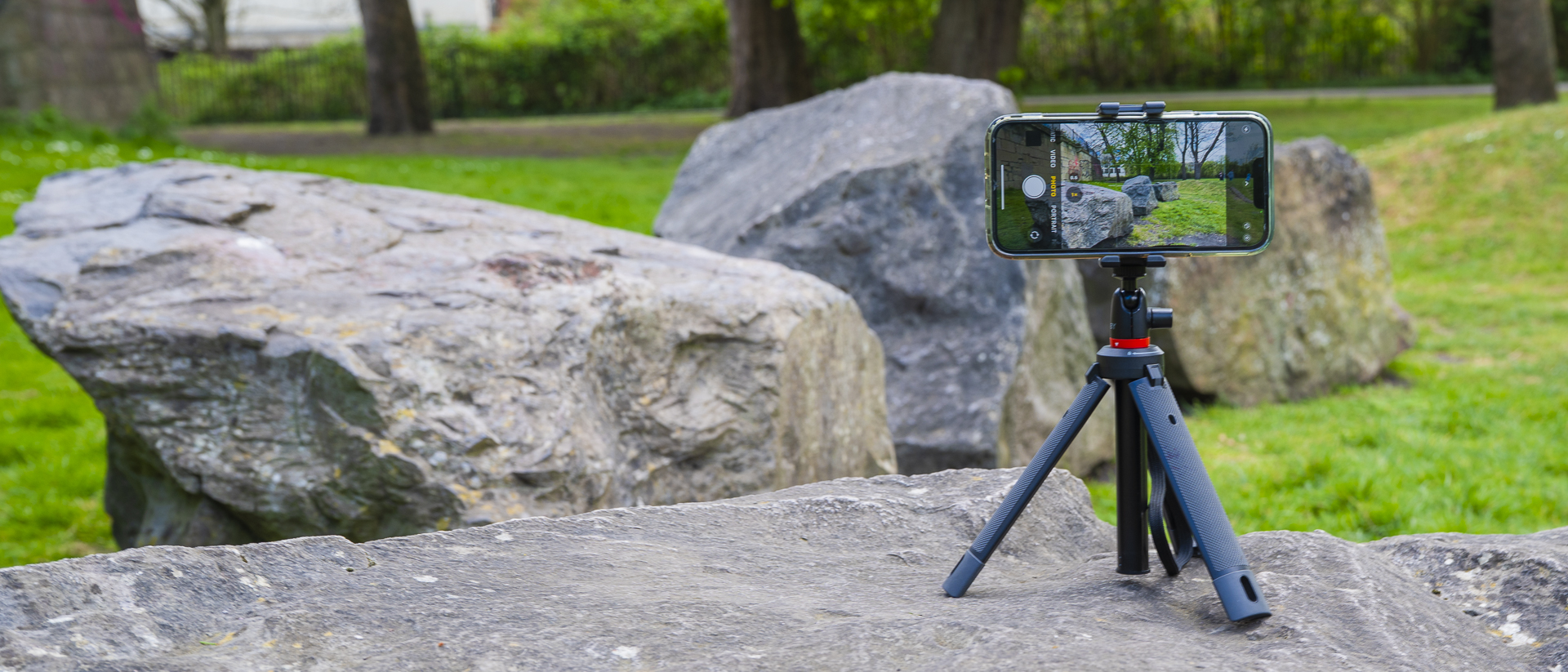The best lenses for the Canon EOS M50 and M50 Mark II: small lenses that go large in performance
Here's what I think are the best lenses for the Canon EOS M50 and the newer, revamped EOS M50 II
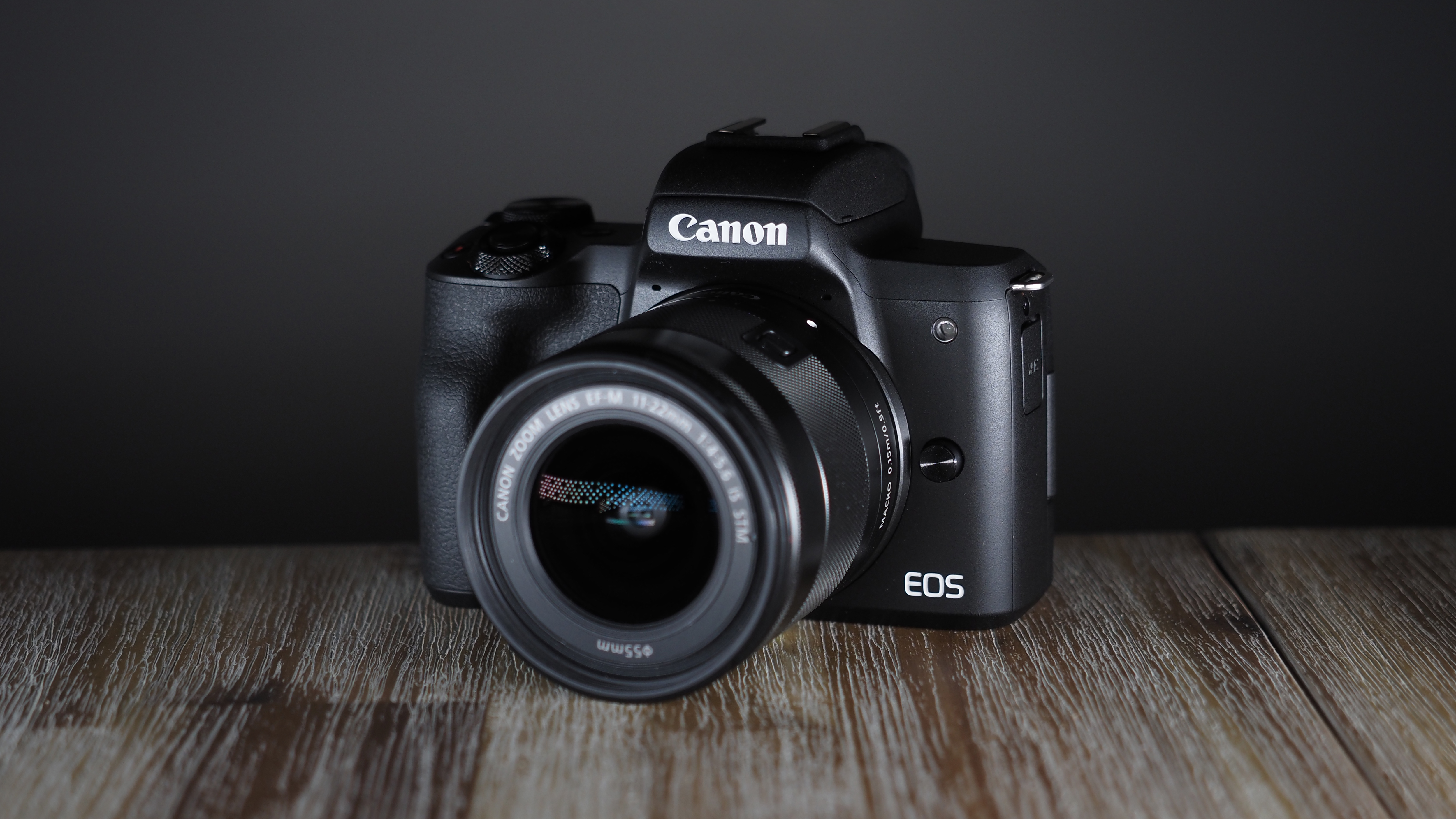
If you want the best lenses for the Canon EOS M50, I'm happy to say that you have plenty to choose from, both from Canon itself and also from third-party makers like Sigma, Viltrox and Laowa. I've picked out a batch that I think perfectly match the EOS M50 for size and weight, and look right on the camera too.
The EOS M50 has been one of the most popular of all the Canon EOS M mirrorless cameras. I like it especially because it has both a vari-angle rear screen and an electronic viewfinder. I think it hits the sweet spot for features, price and value – and it's refreshingly compact as well.
The EOS M50 and the very similar EOS M50 II have been discontinued but are still very much for sale on the second-hand market, at highly competitive prices. And to support the bodies, there are some lenses that help you really make the most of this little camera's potential.
With this selection, I’m assuming that you already have the excellent EF-M 15-45mm f/3.5-6.3 IS STM standard zoom, which is frequently sold as the kit lens with M50 models. If you don’t, I can thoroughly recommend it as a compact and convenient everyday lens for general photography.

Matthew Richards is a photographer and journalist who has spent years using and reviewing all manner of photo gear. He is one of Digital Camera World's principal lens reviewers, with an extensive pedigree in testing optic performance in real-world situations. His expertise with equipment doesn’t end there, though. He is also an encyclopedia when it comes to all manner of cameras, camera holsters and bags, flashguns, tripods and heads, printers, papers, and inks, and just about anything imaging-related.
The Quick List
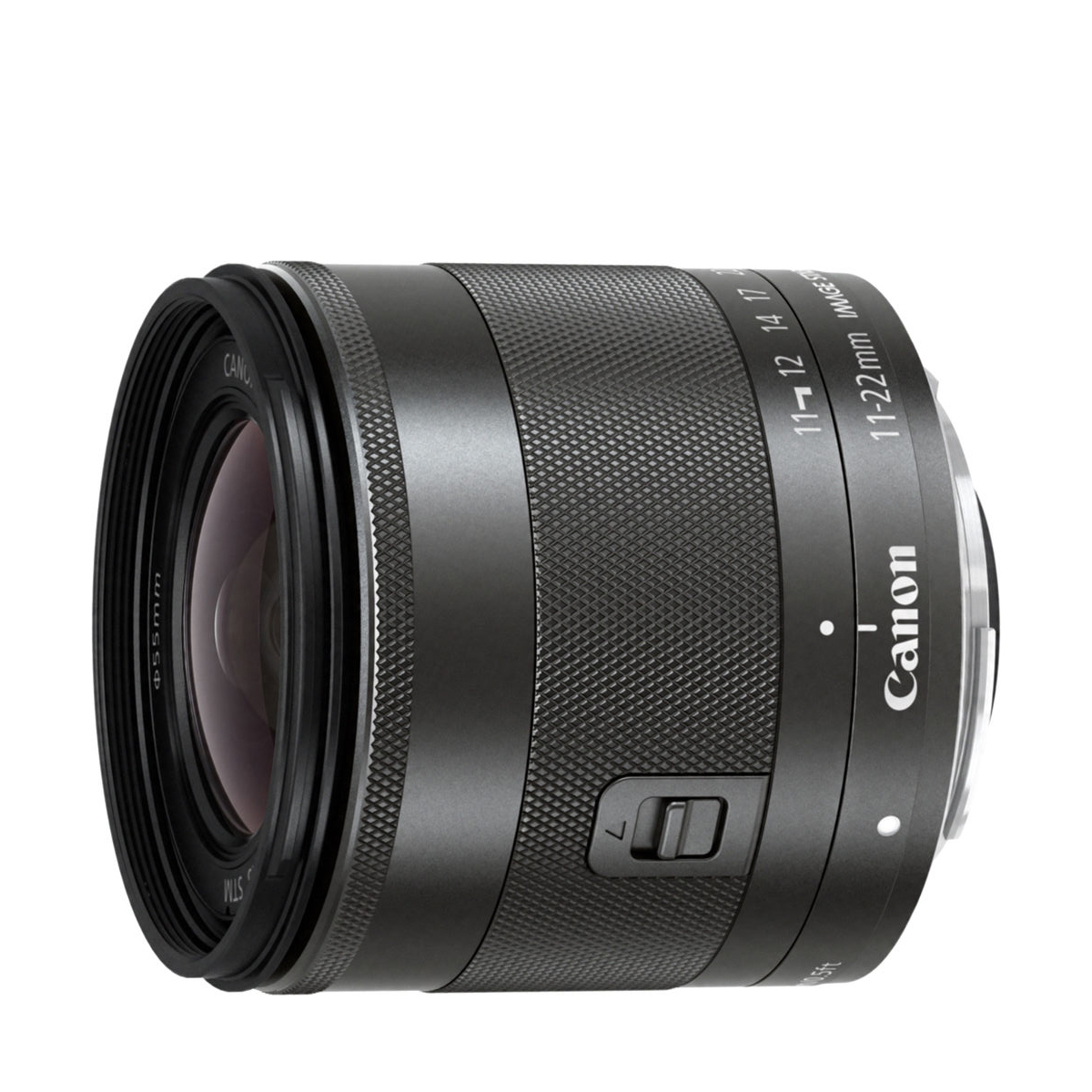
Lighter and smaller than you’d expect for a wide-angle-zoom, this is an ideal lens for landscape and travel photography. Read more below…
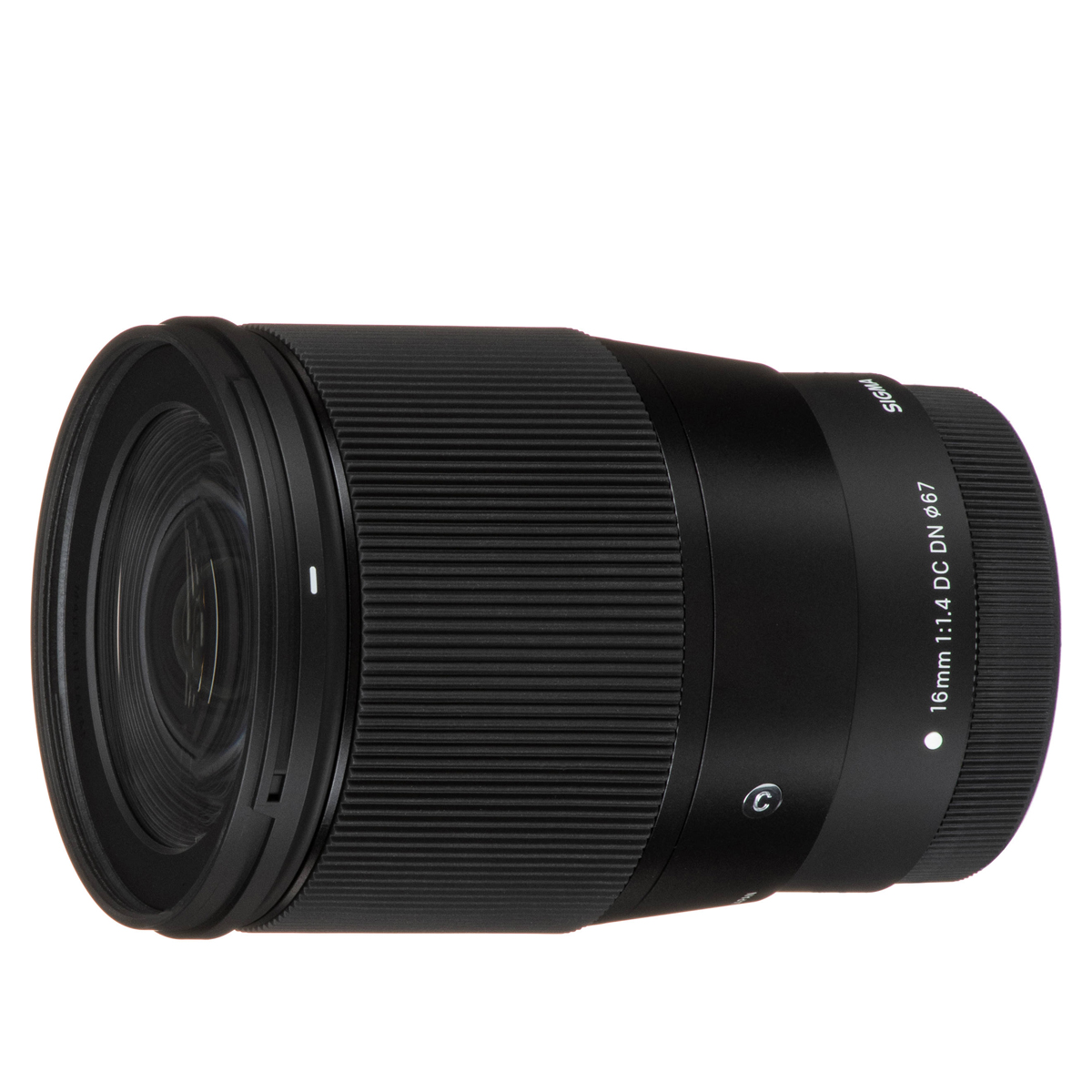
The attractions of this lens are its viewing angle and wide aperture, with an ability to deliver fabulous detail. Read more below…

Add this pancake lens to an M50 and you have a lightweight combo that’s perfect for spontaneous street shots. Read more below…
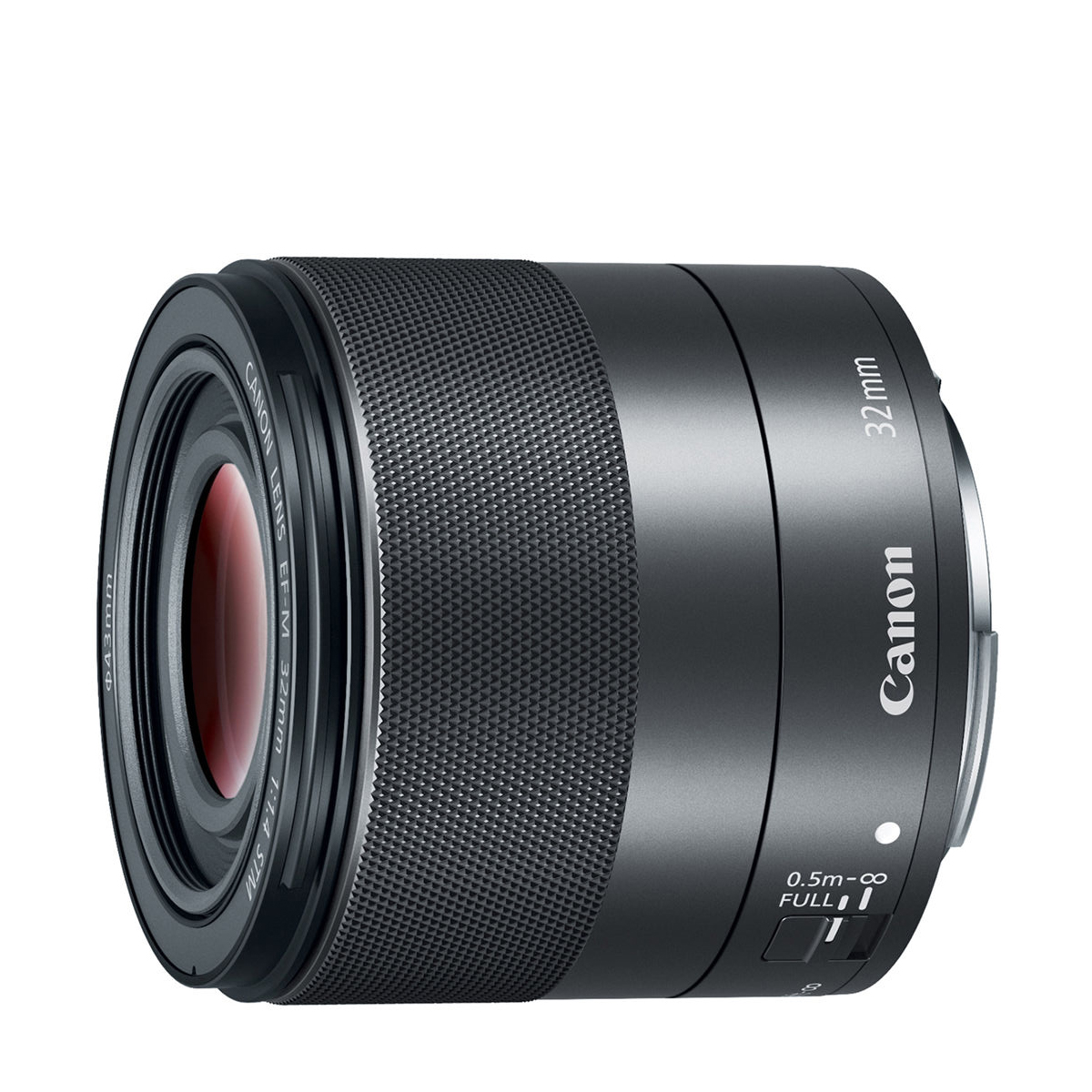
This prime gives you a classic viewing angle that’s a favorite of many photographers, plus a usefully wide aperture. Read more below…
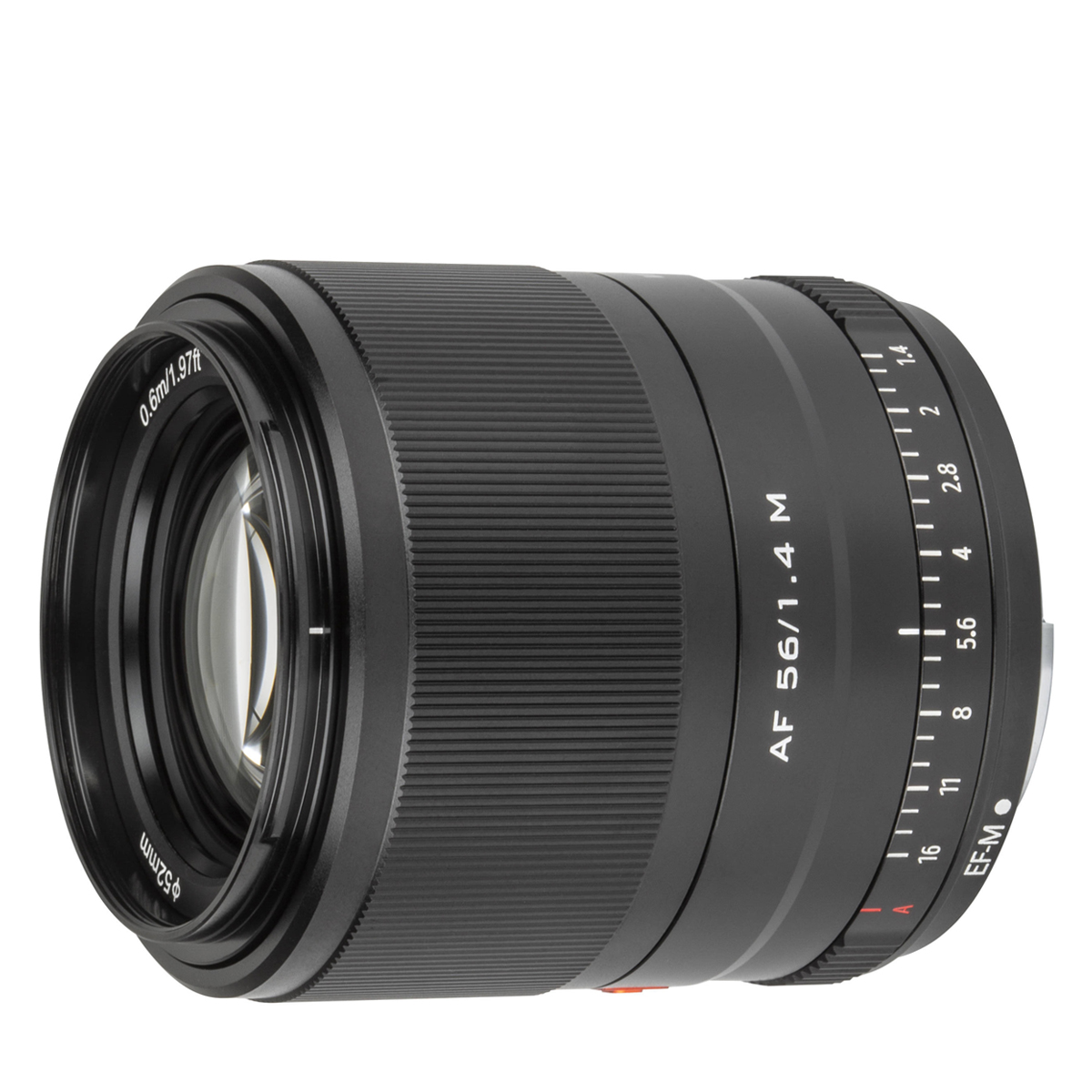
It’s a brand you may not know, but this is a quality pick with an aperture and viewing angle for perfect portraiture. Read more below…
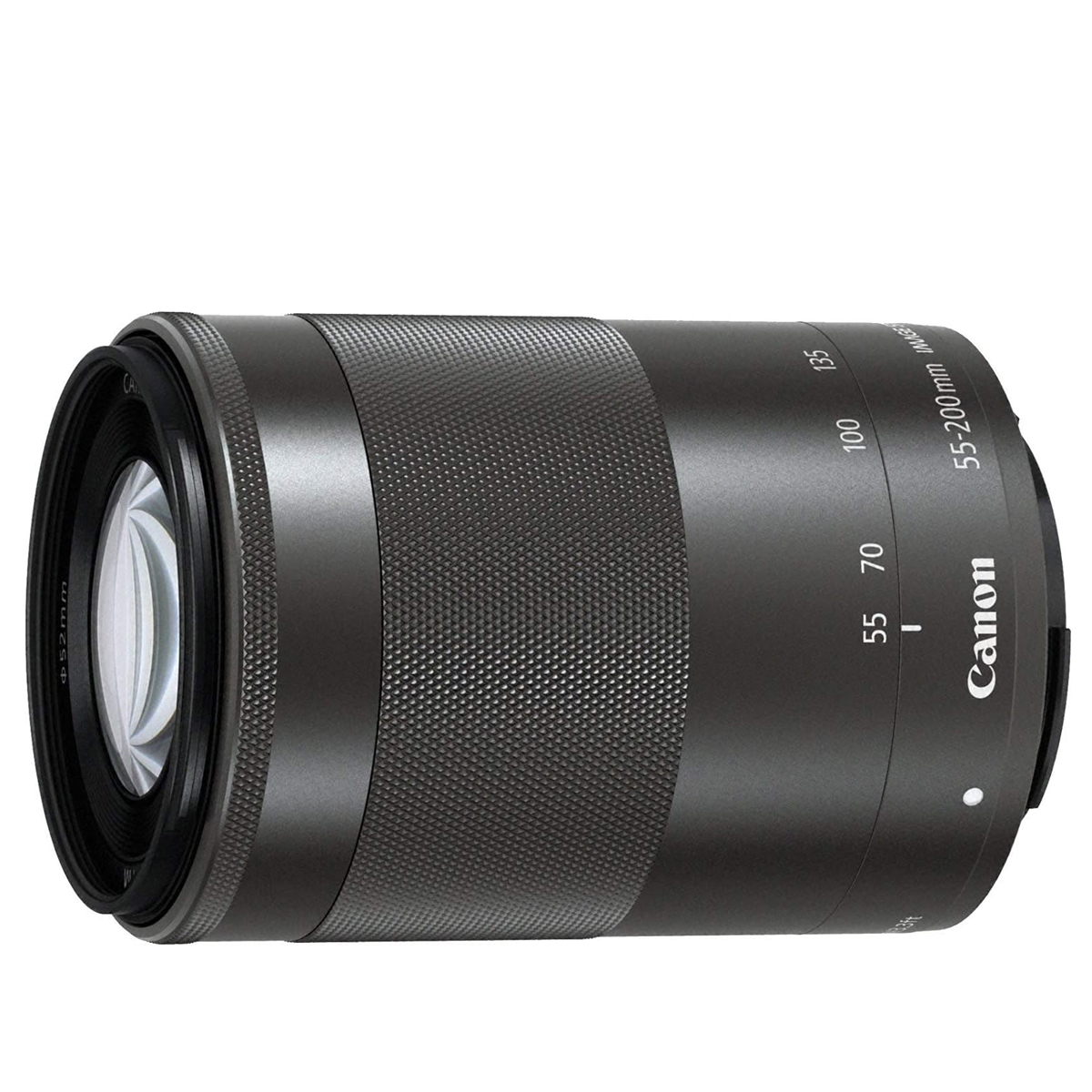
A terrific match for the M50, this telephoto has a reach that helps you capture inspiring sports and action images. Read more below…
View the full list ⤵
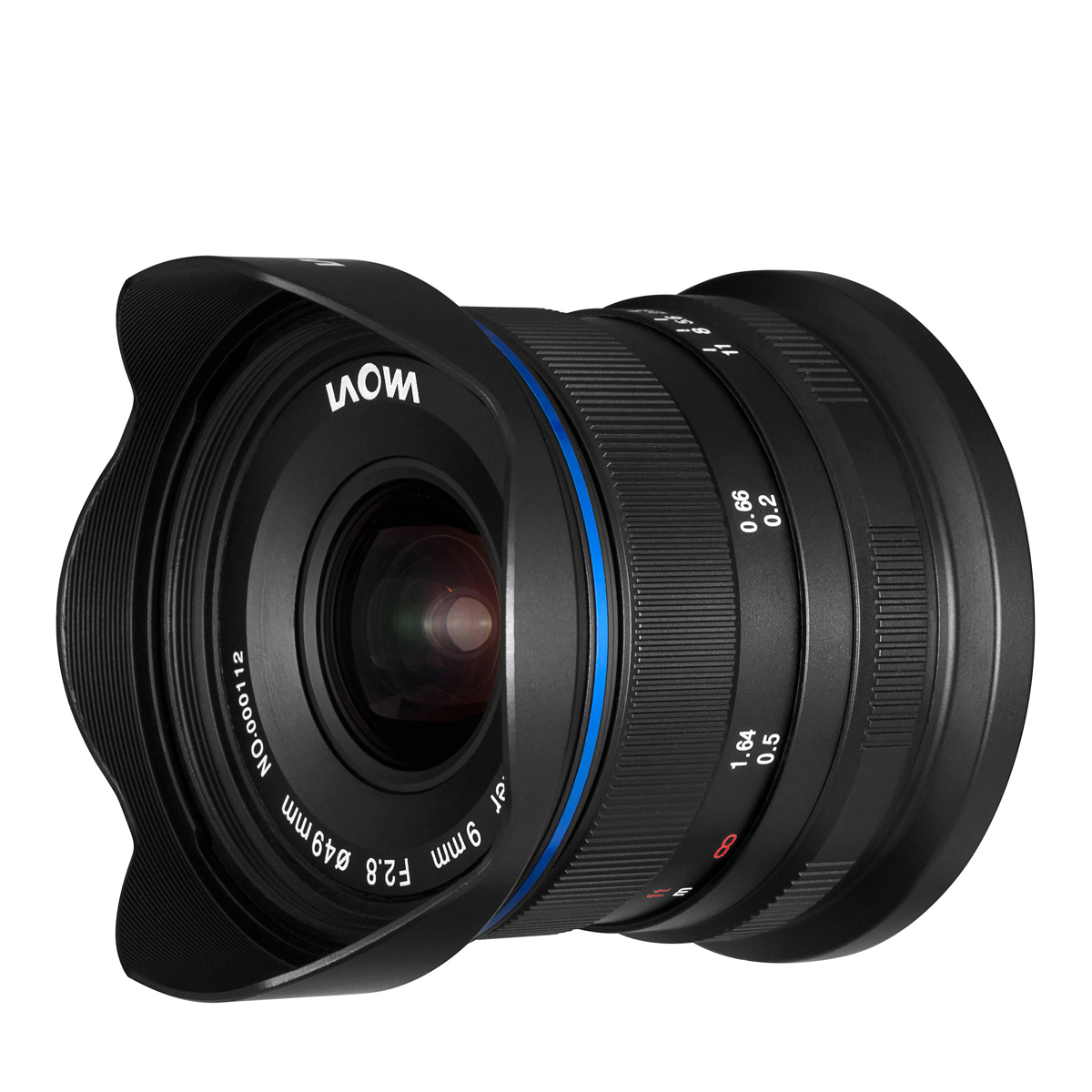
There’s wide, and there’s ultra-wide. Capture epic vistas on your M50 with the help of this manual-focus prime. Read more below…
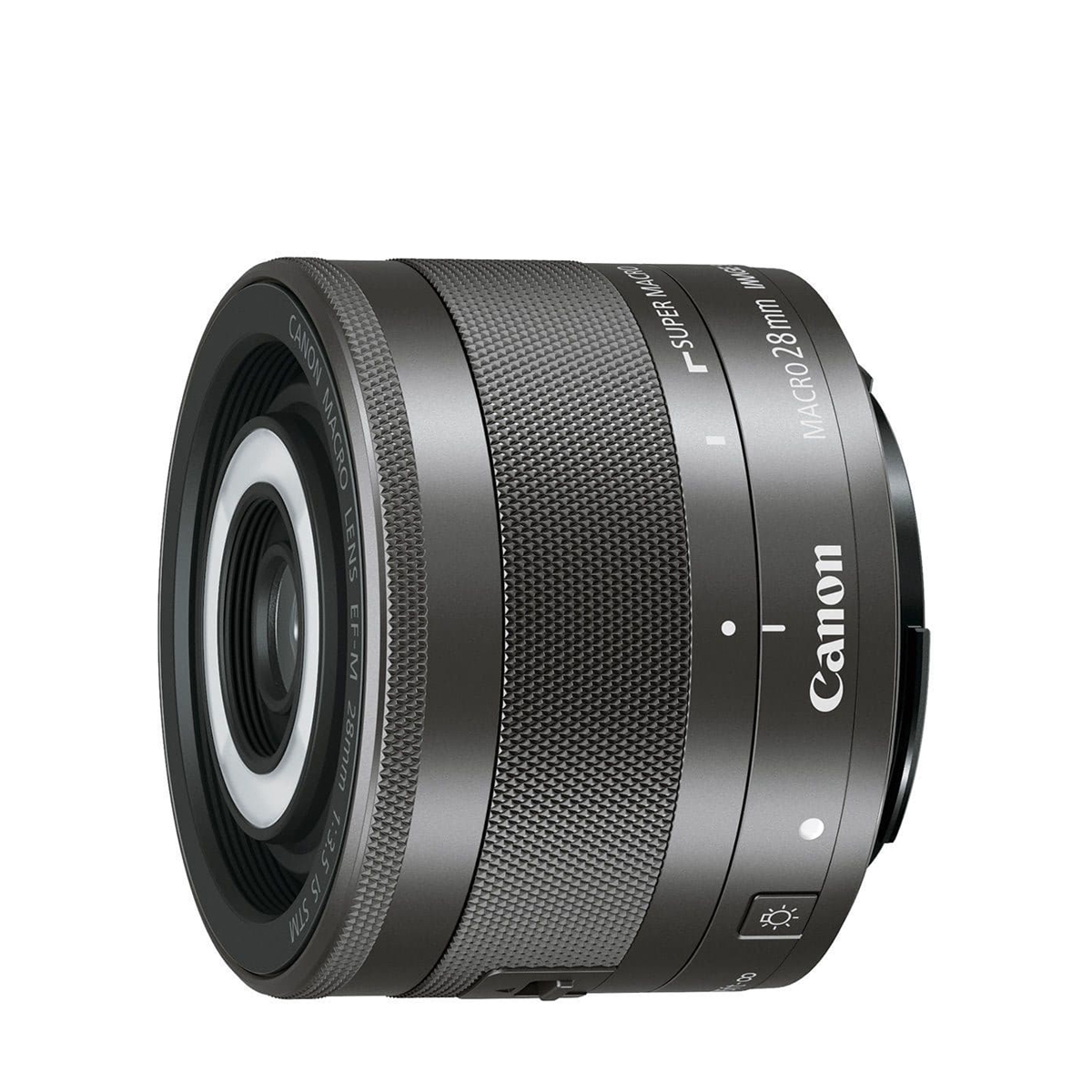
This prime can capture tiny objects or insects at bigger than lifesize, with clever stabilization to avoid camera shake. Read more below…
Best lenses for the Canon M50 and M50 II
Why you can trust Digital Camera World
Best wide-angle zoom for the M50 and M50 II
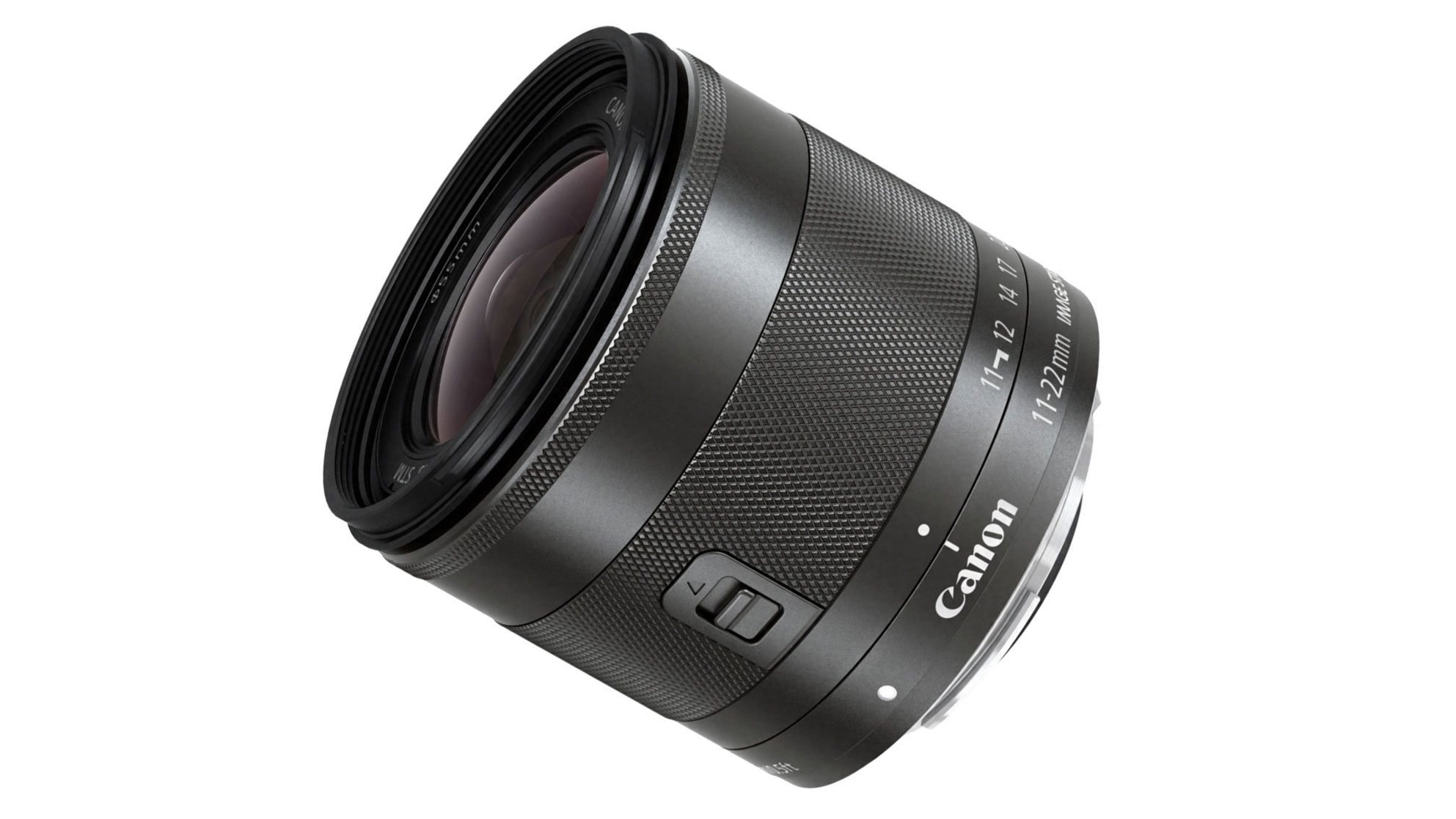
1. Canon EF-M 11-22mm f/4-5.6 IS STM
Specifications
Reasons to buy
Reasons to avoid
This little zoom is a great companion for travel photography, interiors and sweeping landscapes. It can capture a much wider angle of view than the standard 15-45mm kit lens. Buy one and, pretty soon, you'll be wondering how you ever managed without it.
Wide-angle zooms can be notoriously big and heavy, but this one has the same kind of retractable design as the EF-M 15-45mm kit lens, shoehorning seriously wide viewing into physical dimensions of just 61x58mm. It gives a focal range of 18-35mm in full-frame camera terms, and it's small enough to fit in a coat pocket.
Best wide-angle prime for the M50 and M50 II
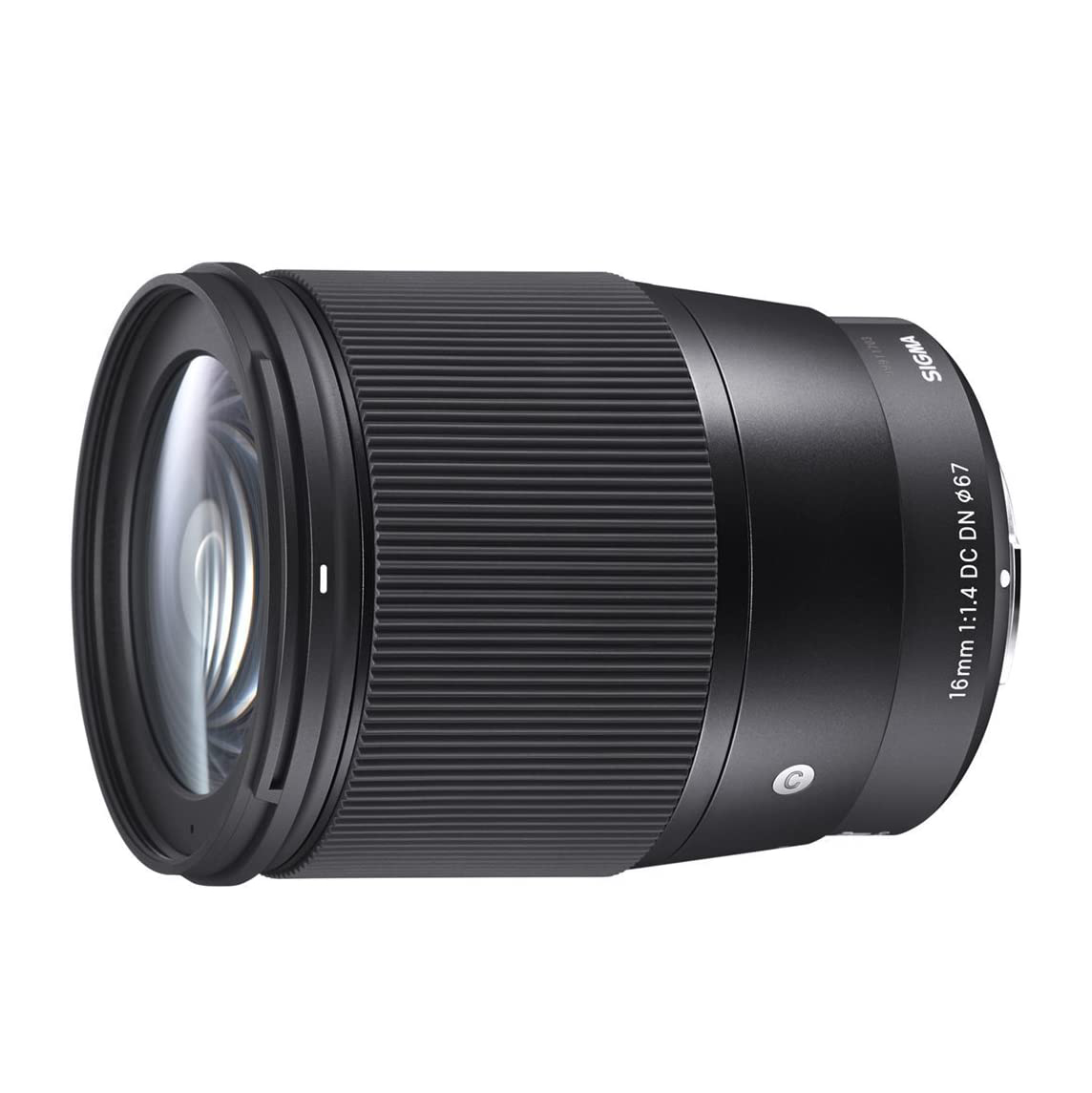
Specifications
Reasons to buy
Reasons to avoid
This is one of Sigma's Contemporary prime lenses for the Canon EF-M mount – and it's a little beauty! The big attraction is the f/1.4 maximum aperture, coupled with a wide-angle view that gives an effective focal length of 25.6mm.
This is a useful lens to have in your bag for landscapes, architectural interiors and astrophography. I love the build quality of this lens, but I'm also impressed by the image quality, as confirmed in our lab tests, with excellent sharpness and contrast being maintained even at the widest f/1.4 aperture.
Read more: Sigma 16mm f/1.4 DC DN C review
Best street photography lens for the M50 and M50 II
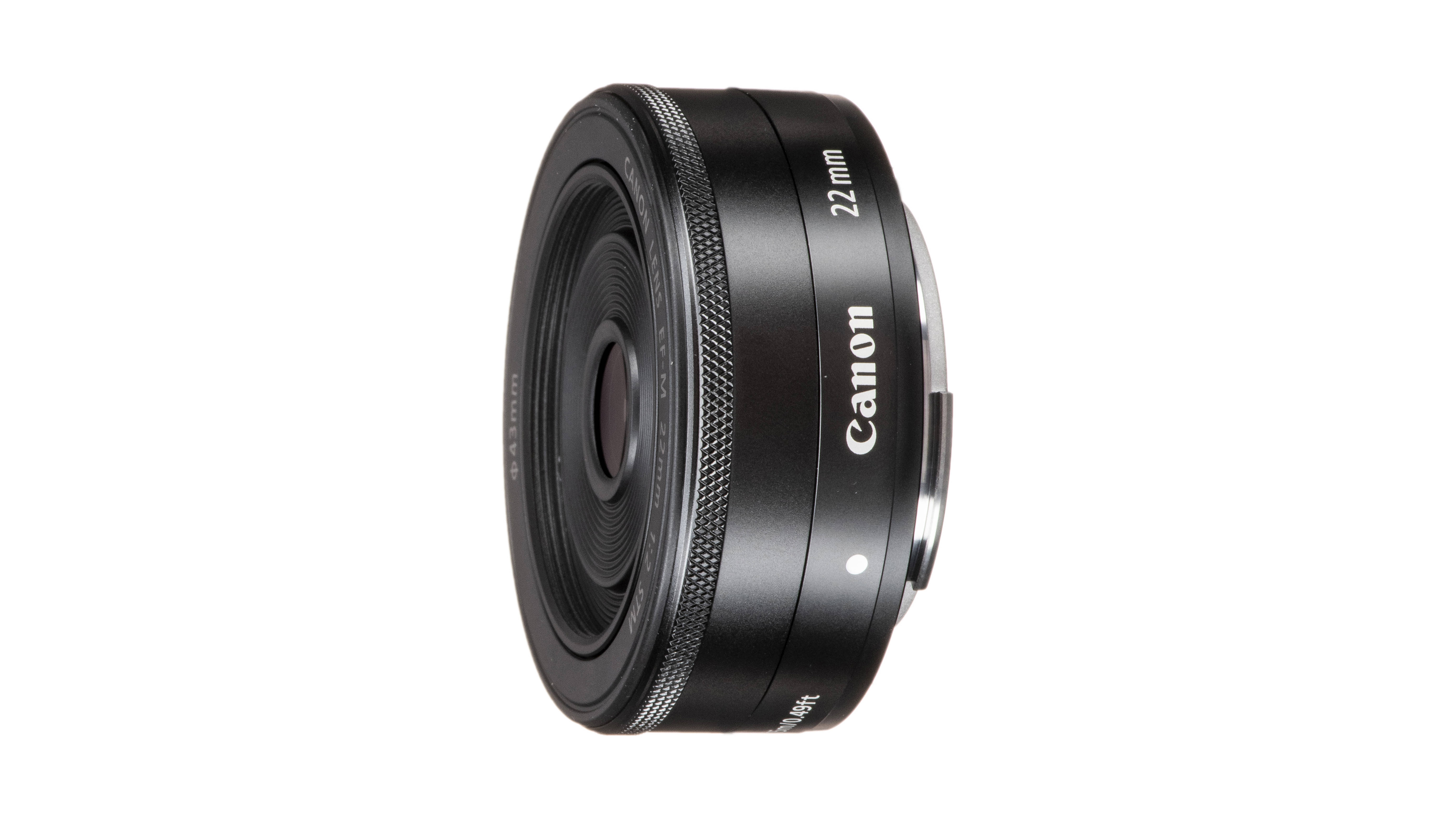
Specifications
Reasons to buy
Reasons to avoid
On a full-frame camera, a small prime lens with a 35mm focal length is generally regarded as perfect for street photography. The EF-M 22mm brings the equivalent angle of view to APS-C format shooting on the M50 and M50 II.
Its ‘pancake’ design makes it incredibly small, so you can be really inconspicuous when shooting. It also makes your camera and lens combination even more portable. Best of all, this lens has a fast f/2 maximum aperture, which helps when you want a shallow depth of field in close-ups or faster shutter speeds in low light.
Read more: Canon EF-M 22mm f/2 STM review
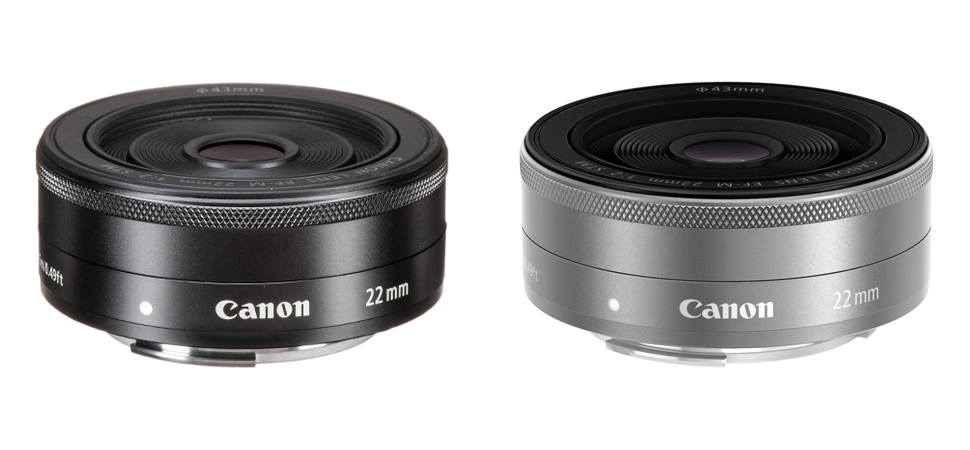
Best standard prime for the M50 and M50 II
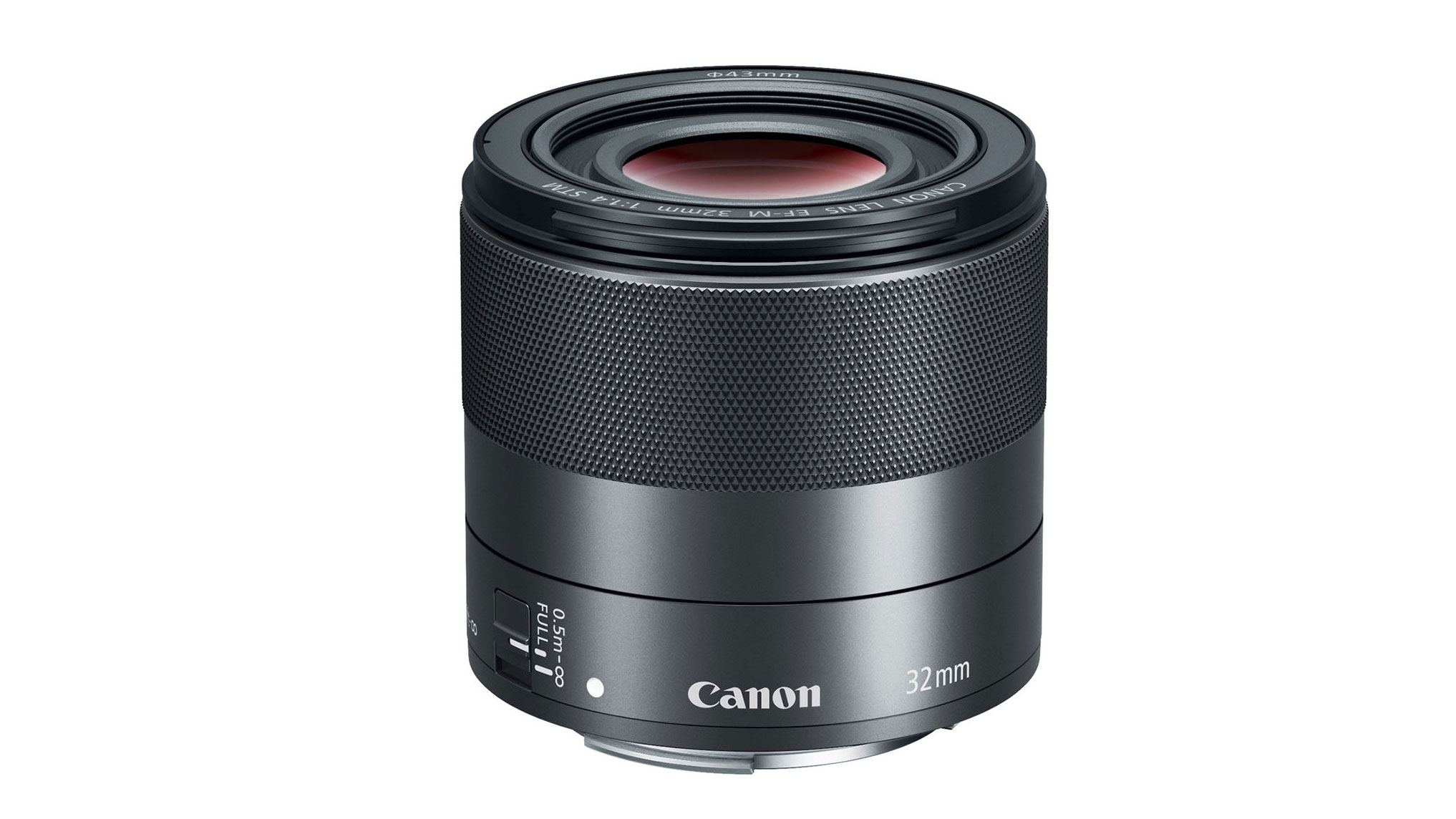
4. Canon EF-M 32mm f/1.4 STM
Specifications
Reasons to buy
Reasons to avoid
With an ‘effective’ focal length of 51.2mm, this lens equates to a ‘nifty fifty’ in full-frame terms when used on an M50. Despite weighing just 235g and having diminutive physical proportions, it combines a classic ‘standard’ viewing perspective with a fast f/1.4 aperture rating. This gives you the potential to isolate subjects within a scene, thanks to a tight depth of field. This is especially true at shorter focus distances. A 50mm equivalent lens is a little short for close-up portraits, but it can still deliver great people shots.
Read more: Canon EF-M 32mm f1.4 STM review
Best portrait lens for the M50 and M50 II
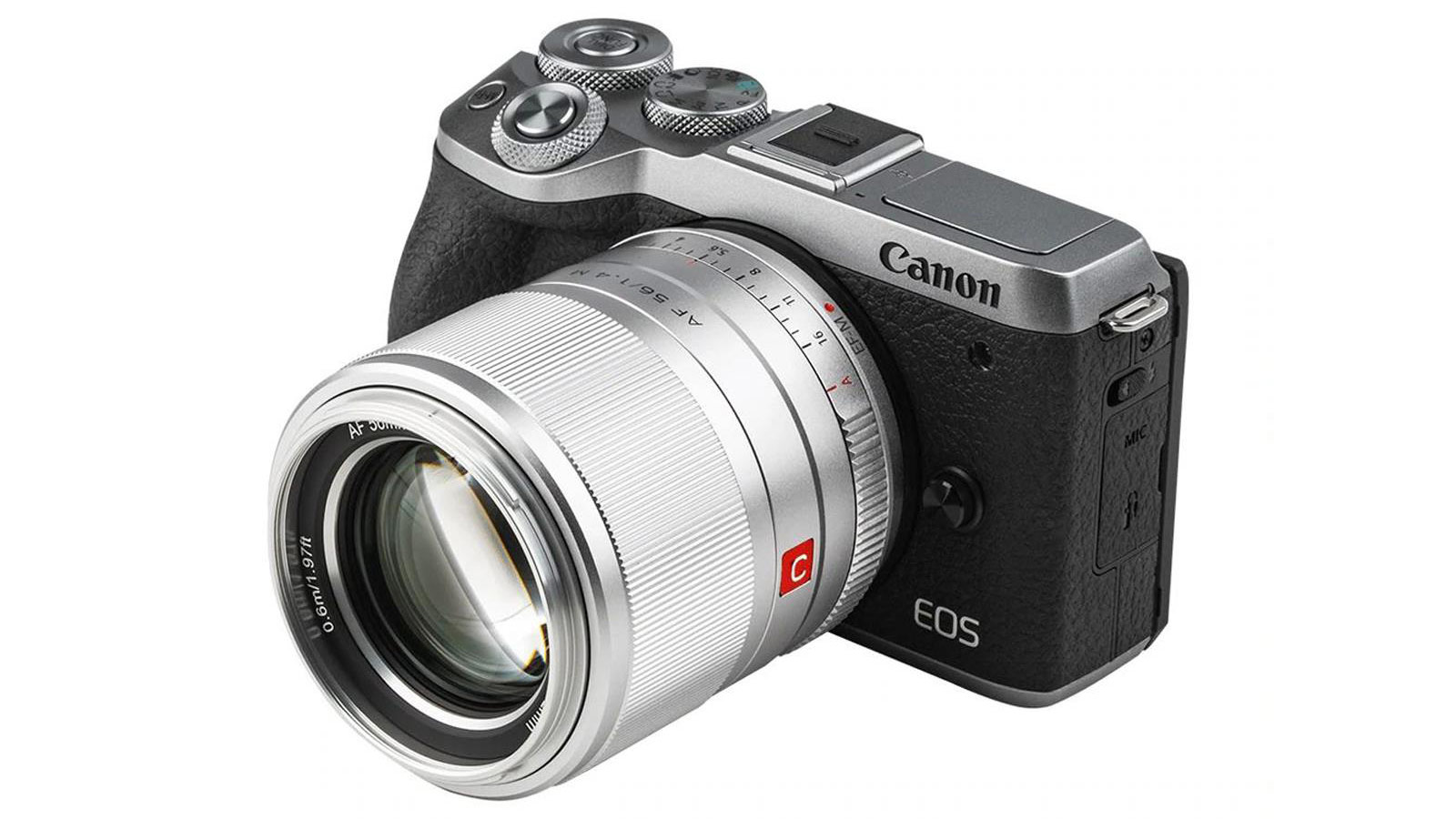
Specifications
Reasons to buy
Reasons to avoid
If you don't know the Viltrox brand, I think you should get acquainted. The company has released some great fast prime lenses for both full-frame and APS-C mirrorless cameras, including for the Canon EF-M mount. The Viltrox AF 56mm f/1.4 is my top choice for portraiture, as its focal length equates to about 90mm when mounted on the M50 or M50 II – perfect for headshots.
As I found in my testing, image quality from the Viltrox is very impressive on the whole, even when the lens is at its widest aperture, combining superb sharpness with super-smooth bokeh. The Viltrox 56mm f/1.4 is available in several editions for different lens mounts, so make sure you get the Canon EF-M version.
Read more: Viltrox 56mm f/1.4 AF review
Best telephoto lens for the M50 and M50 II
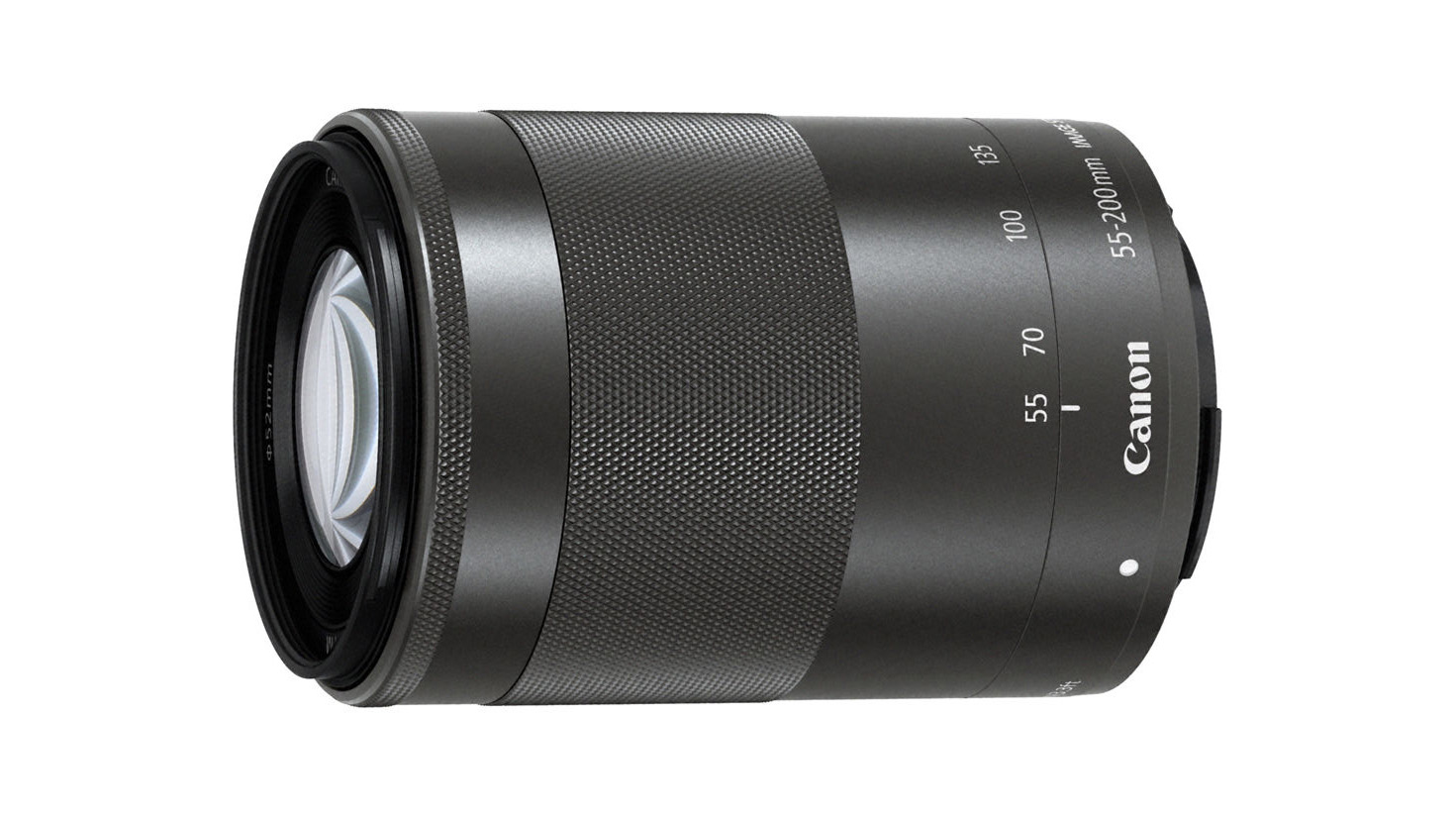
Specifications
Reasons to buy
Reasons to avoid
For many photographers, a telephoto zoom is the first 'extra' lens they get for their camera. This one is light and affordable, and matches the M50's design perfectly.
The EF-M 55-200mm f/4.5-6.3 IS STM does have a plastic mounting plate, but is still perfectly sturdy and helps to keep the weight down, to just 260g in this case – and that keeps the cost down too. Measuring 61x87mm, it’s very compact for a telephoto zoom, and offers a broad focal range of 88-320mm in full-frame camera terms.
Read more: Canon EF-M 55-200mm f/4.5-6.3 IS STM review
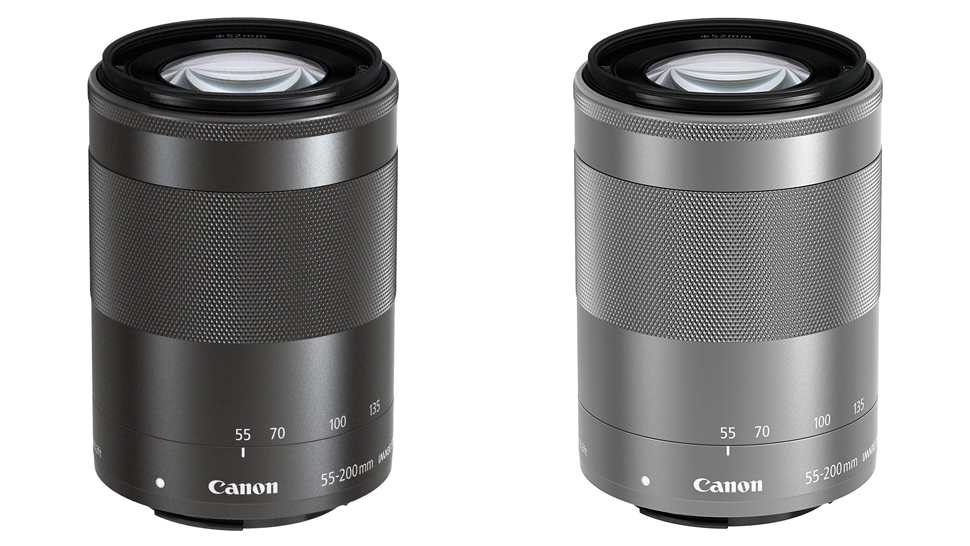
Best ultra wide-angle for the M50 and M50 II
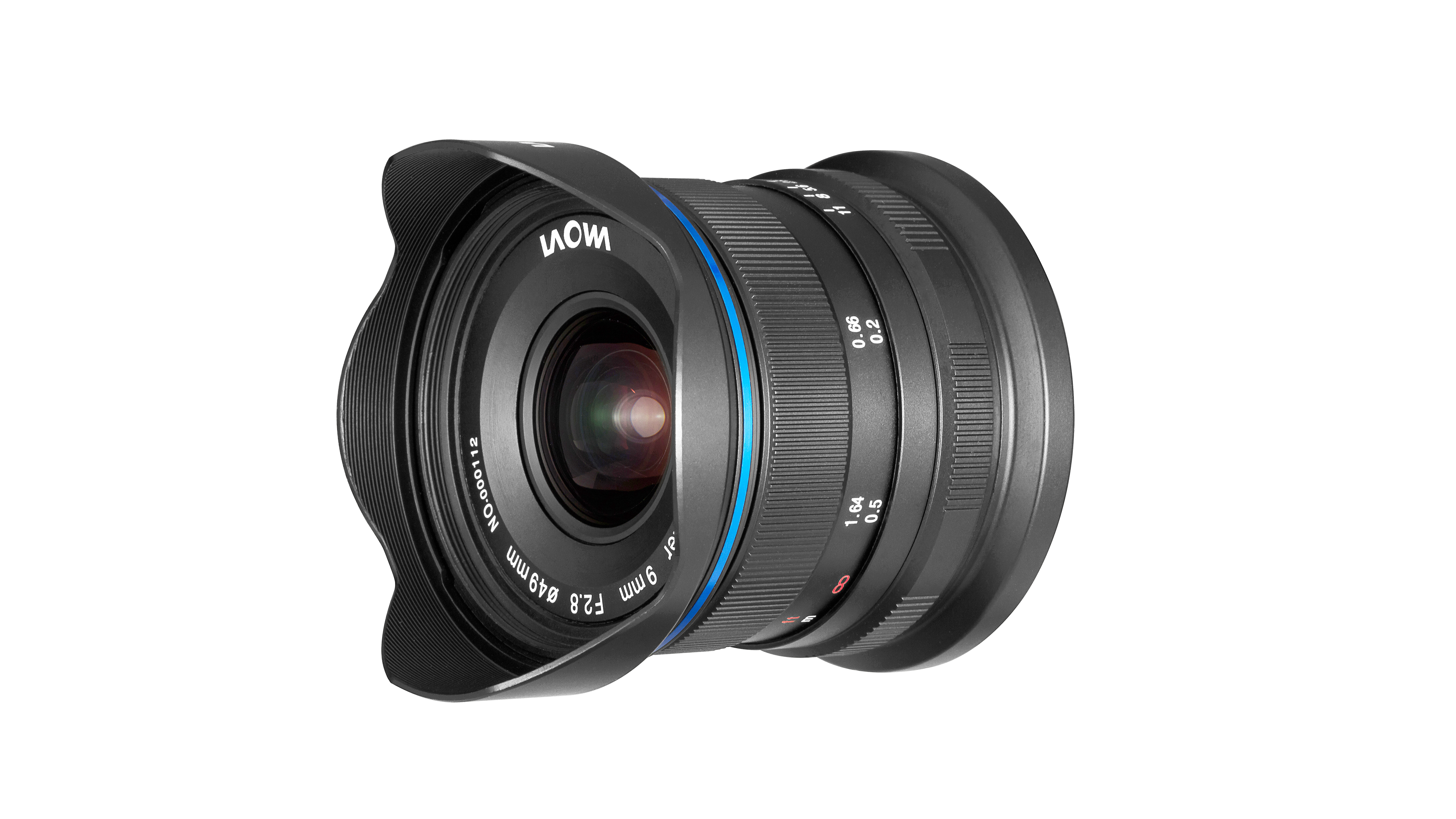
Specifications
Reasons to buy
Reasons to avoid
This Laowa lens deserves its place in my list for its distinctive picture-taking qualities. On the EOS M50, it gives a mighty viewing angle of about 115 degrees, noticeably wider than even the Canon 11-22mm zoom, and roughly equivalent to a 14mm lens on a full-frame camera.
Despite its extra wide-angle coverage, the Laowa lens produces such negligible distortion that it’s pretty much a distortion-free optic. However, there are no built-in electronics at all, so focusing is a purely manual affair and you’ll also need to shoot in Manual or Aperture Priority modes. In these modes, the camera can adapt to whatever aperture you set on the lens's control ring, but this can't be set from the camera, which rules out use of the Shutter Priority mode.
The enormous depth of field means that focusing isn’t very critical, and I reckon you'd soon adapt to focusing manually. This lens comes in a variety of lens mounts, so make sure you get the EF-M version.
Read more: Laowa 9mm f/2.8 Zero-D lens review
Best macro lens for the M50 and M50 II
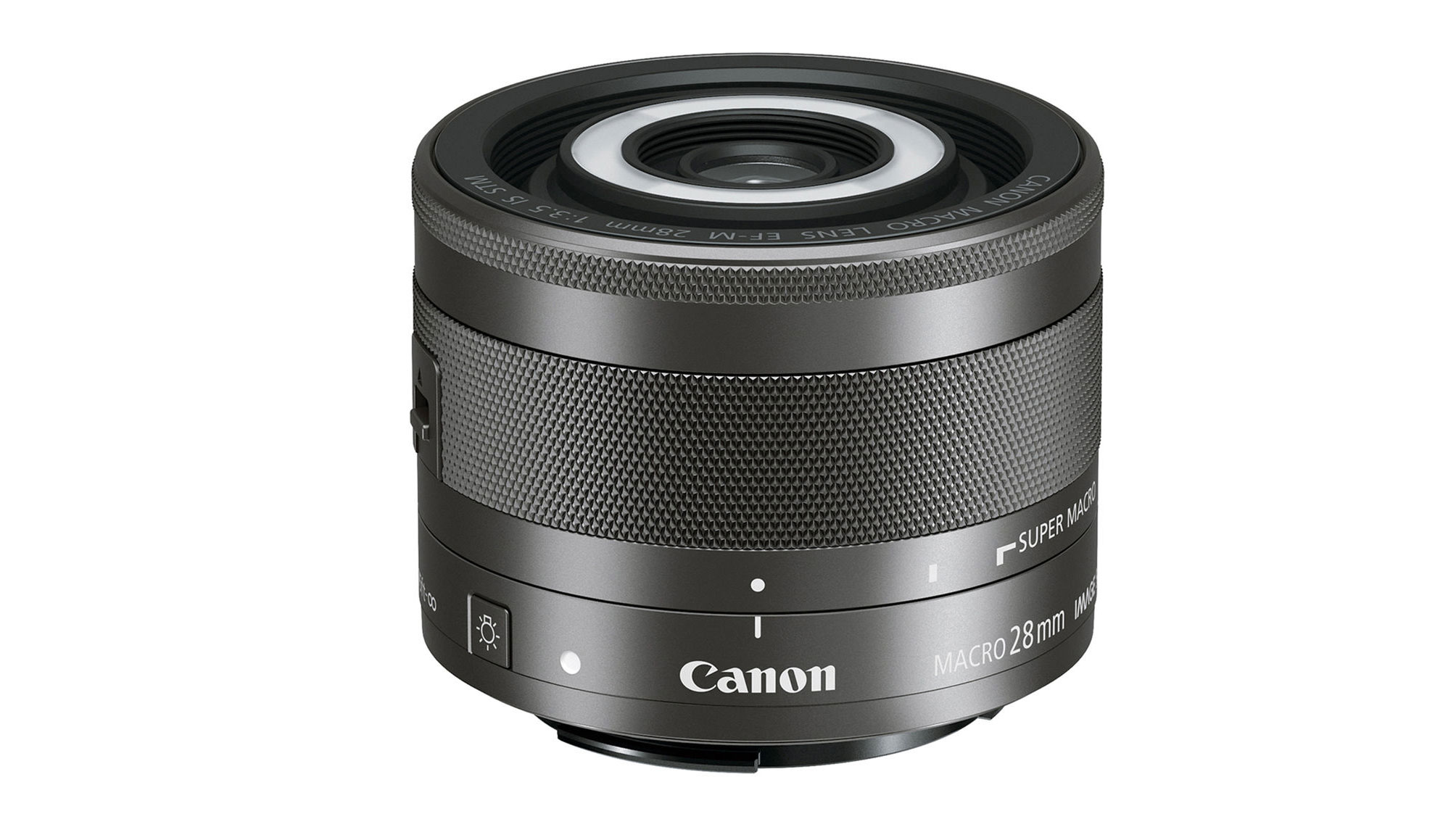
Specifications
Reasons to buy
Reasons to avoid
This prime has a focal length that is equivalent to a 45mm lens in full-frame terms. It makes a great standard lens, but it's primarily a macro lens for ultra close-ups. It also makes a great second-hand buy, as new ones have been disappearing since the lens was discontinued. The short 28mm focal length means a working distance of just 13mm between the front of the lens and the subject in full macro mode. This can block out ambient lighting, but to get around this, the lens has a built-in LED Macro Lite. The ‘hybrid’ image stabilizer is designed specifically for correcting shakes in close-ups too.
Read more: Canon EF-M 28mm f/3.5 Macro IS STM review
Lab data and comparisons
We haven't tested all of the lenses in this guide under laboratory conditions, but the graphs below show the comparative performance of the lenses that have passed through our in-house lab. The Viltrox AF 56mm f/1.4 prime leads the way for sharpness and the Canon primes edge ahead of the zooms. The Sigma 16mm f/1.4 DC DN | C is the least impressive for control over distortion but automatic in-camera correction is available.
Scores for sharpness and color fringing are averaged from data taken across the entire image frame, from the center to the edges and corners, throughout the aperture range. For zoom lenses, the scores are also averaged from data measured at all marked focal lengths, and the same applies to distortion. Bear in mind that these average values don't fully reflect specific areas of performance. For example, a zoom lens might have noticeable barrel and pincushion distortion at its shortest and longest focal lengths respectively, which tends to average out when looking at the data overall. For more detailed graphs of each lens's performance, which give the full picture, check out the graphs in our full standalone lens reviews.
How to choose the best lens for the M50 and M50 II
Which lenses fit the EOS M50 and M50 II?
The EOS M50 and M50 II use the Canon EF-M mount, and are compatible with all lenses designed for that mount. Canon’s own EF-M mount lenses include EF-M in the name of the lens; check that third-party lenses are compatible with EF-M before you buy.
You can also use Canon EF and EF-S lenses on the M50 and M50 II if you buy the Canon Mount Adapter EF-EOS M.
RF lenses designed for Canon R-series cameras are not compatible with the M50 and M50 II.
If you later buy either a Canon DSLR or a Canon R-series mirrorless camera, your EF-M lenses will not be compatible with your new camera.
How do I know which lens to get for my EOS M50 or M50 II?
The reason there are so many types of lens in the first place is that different scenes demand different lens designs, particularly when it comes to focal length and aperture rating.
Usually, you will decide what you want to photograph, then get a lens with the focal length that suits the situation. For example, to shoot landscapes you will need a wide-angle lens, while for sports and wildlife you will need a telephoto.
You can watch this video that explains focal length: it helps you work out what kind of lenses you need for different genres of photography.
How we test lenses
The lens experts in our testing lab run a range of tests under controlled conditions, using the Imatest Master testing suite. Photos of test charts are taken across the range of apertures and zooms (where available), then analyzed for sharpness, distortion and chromatic aberrations.
We use Imatest SFR (spatial frequency response) charts and analysis software to plot lens resolution at the centre of the image frame, corners and mid-point distances, across the range of aperture settings and, with zoom lenses, at four different focal lengths.
There's more to it than just the technical side, though! Beyond the lab, our reviewers test lenses in real-world environments – and sometimes on professional shoots! We work with lenses both indoors and outdoors, in studio conditions and in natural light, with as many different subjects as is possible (or appropriate – there's no point testing a landscape lens' ability to shoot a portrait!).
We take into account everything from handling and ease of use to speed of autofocus and the overall quality of the images produced.
Find out more about how we test and review on Digital Camera World
Get the Digital Camera World Newsletter
The best camera deals, reviews, product advice, and unmissable photography news, direct to your inbox!
Matthew Richards is a photographer and journalist who has spent years using and reviewing all manner of photo gear. He is Digital Camera World's principal lens reviewer – and has tested more primes and zooms than most people have had hot dinners!
His expertise with equipment doesn’t end there, though. He is also an encyclopedia when it comes to all manner of cameras, camera holsters and bags, flashguns, tripods and heads, printers, papers and inks, and just about anything imaging-related.
In an earlier life he was a broadcast engineer at the BBC, as well as a former editor of PC Guide.
